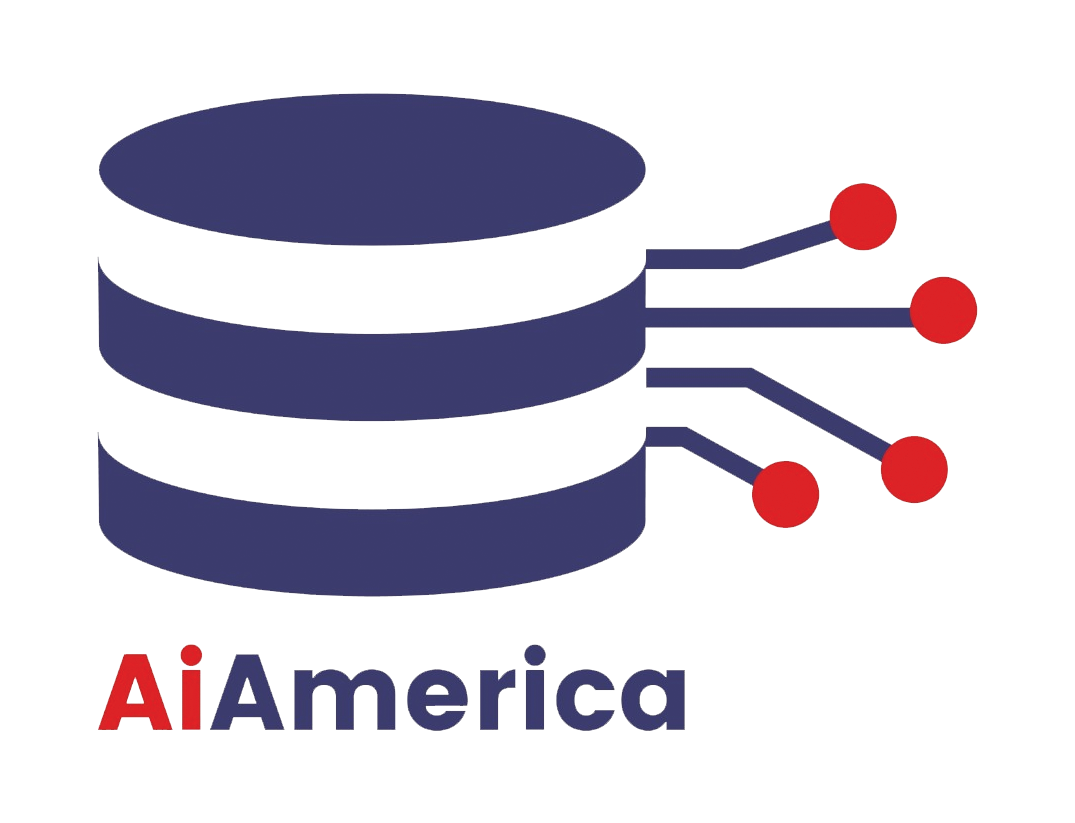
Close

In the intricate tapestry of data analysis, finding patterns and groupings is akin to discovering hidden treasures. K-Means clustering, a powerful unsupervised learning algorithm, is the compass that leads us through this data labyrinth. At AI America, we recognize the transformative potential of K-Means clustering in uncovering insights and guiding data-driven decision-making. In this blog post, we will embark on a journey to demystify K-Means clustering, explore its significance, and shed light on its practical applications.
K-Means Clustering: Unraveling Data Patterns
K-Means clustering is a method of partitioning data points into clusters based on their similarities. Unlike supervised learning, where algorithms rely on labeled data, K-Means operates in an unsupervised manner. It identifies inherent structures within the data, revealing patterns and relationships that might not be immediately apparent.
The K-Means Process: From Data to Clusters
Understanding how K-Means works is essential to harness its power:
Initialization: K-Means begins by randomly selecting K initial cluster centroids, where K is the number of clusters predefined by the user.
Assignment: Each data point is assigned to the nearest centroid based on a distance metric, often Euclidean distance.
Update Centroids: The centroids of the clusters are recalculated as the mean of all data points assigned to that cluster.
Repeat: Steps 2 and 3 are repeated iteratively until convergence, where centroids no longer change significantly.
Result: The final centroids represent the cluster centers, and each data point belongs to the cluster with the nearest centroid.
Practical Applications of K-Means Clustering
K-Means clustering finds applications across diverse industries:
Customer Segmentation: Businesses use K-Means to segment customers based on purchasing behavior, enabling targeted marketing strategies.
Image Compression: In image processing, K-Means is employed to reduce image file size while preserving visual quality.
Anomaly Detection: Detecting unusual patterns or outliers in data, such as fraud detection or network intrusion.
Recommendation Systems: K-Means helps recommend products or content to users based on their preferences and behaviors.
The AI America Advantage: Expertise Meets Insights
At AI America, our proficiency in K-Means clustering extends beyond algorithmic application. Our team of data scientists collaborates with domain experts to create clustering solutions that drive real-world results.
Conclusion: Navigating Data Landscapes with K-Means
In an era where data reigns supreme, K-Means clustering is the compass that guides us through the intricacies of data patterns. At AI America, we are dedicated to helping organizations leverage the power of K-Means to unveil insights, make informed decisions, and drive innovation. As we continue to refine and innovate in the world of clustering, we remain confident that K-Means will continue to be a pivotal tool in data exploration, shaping the future of industries across the globe.